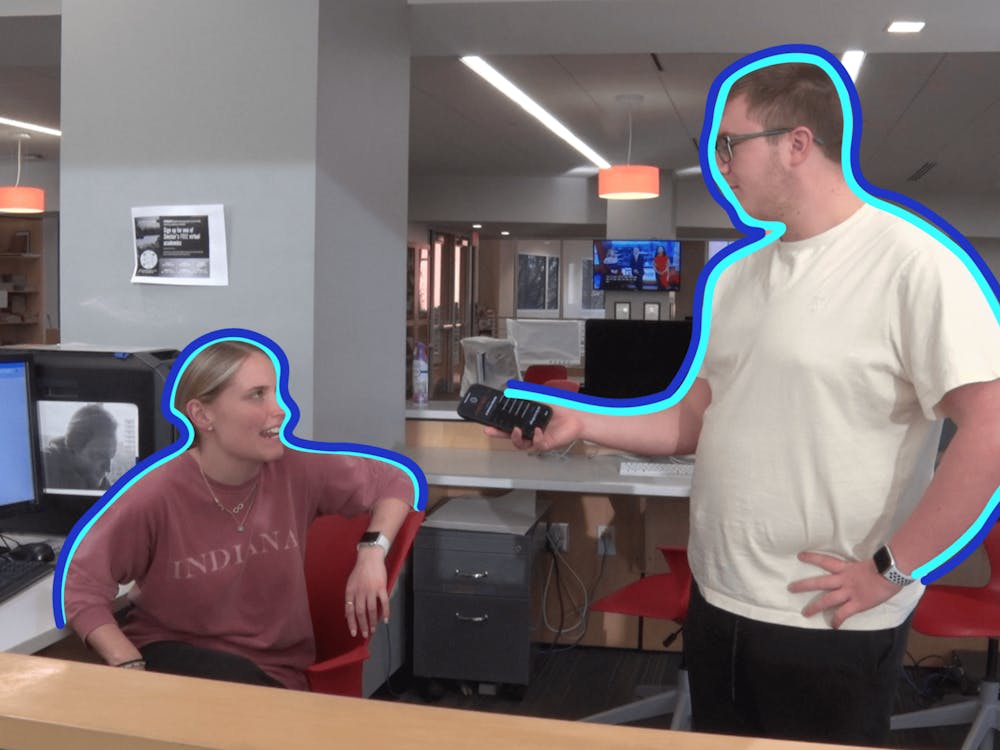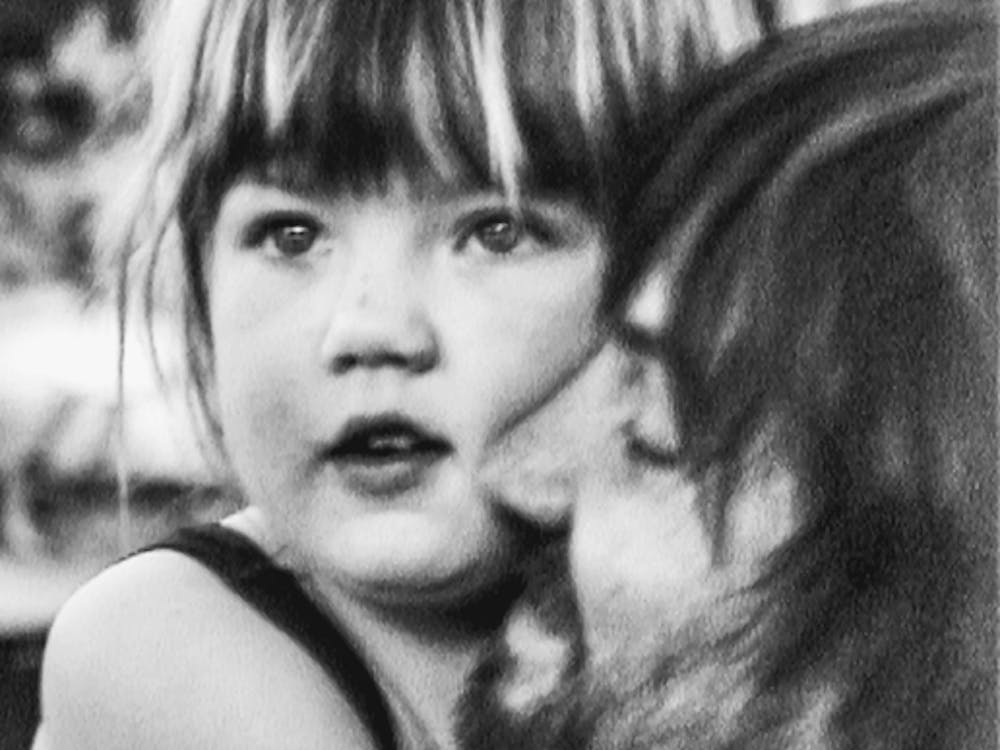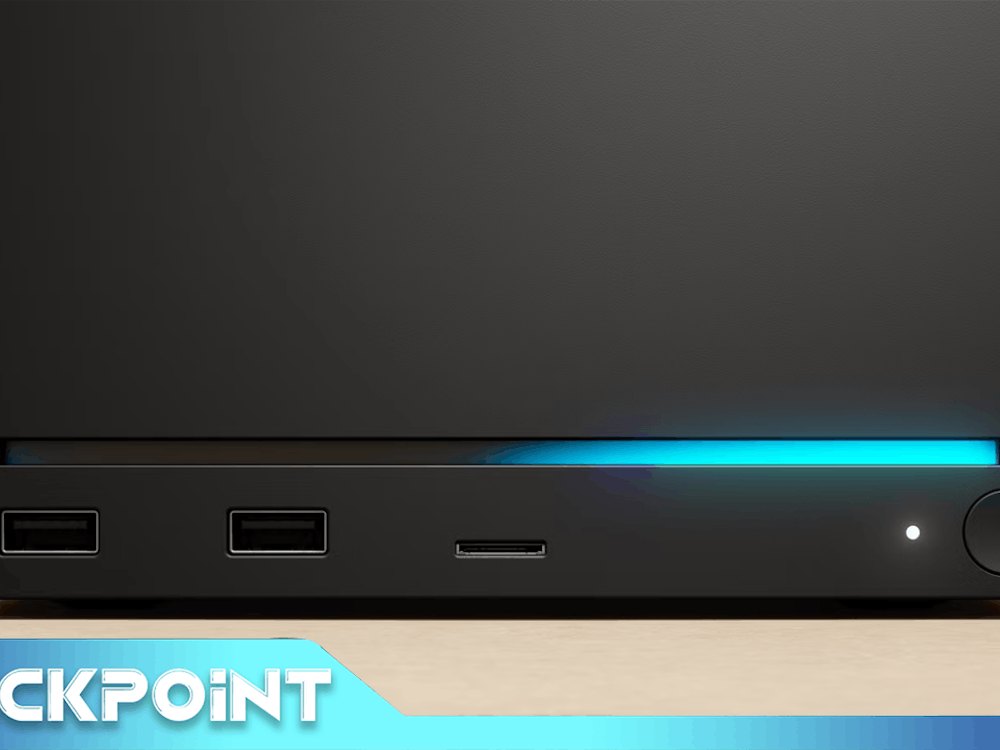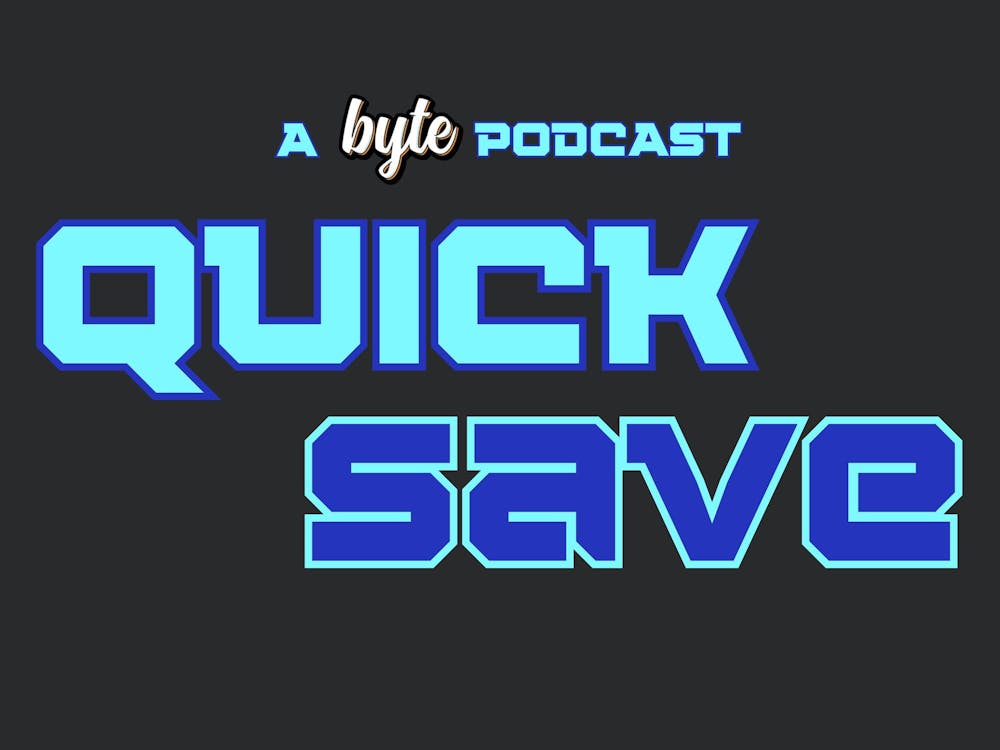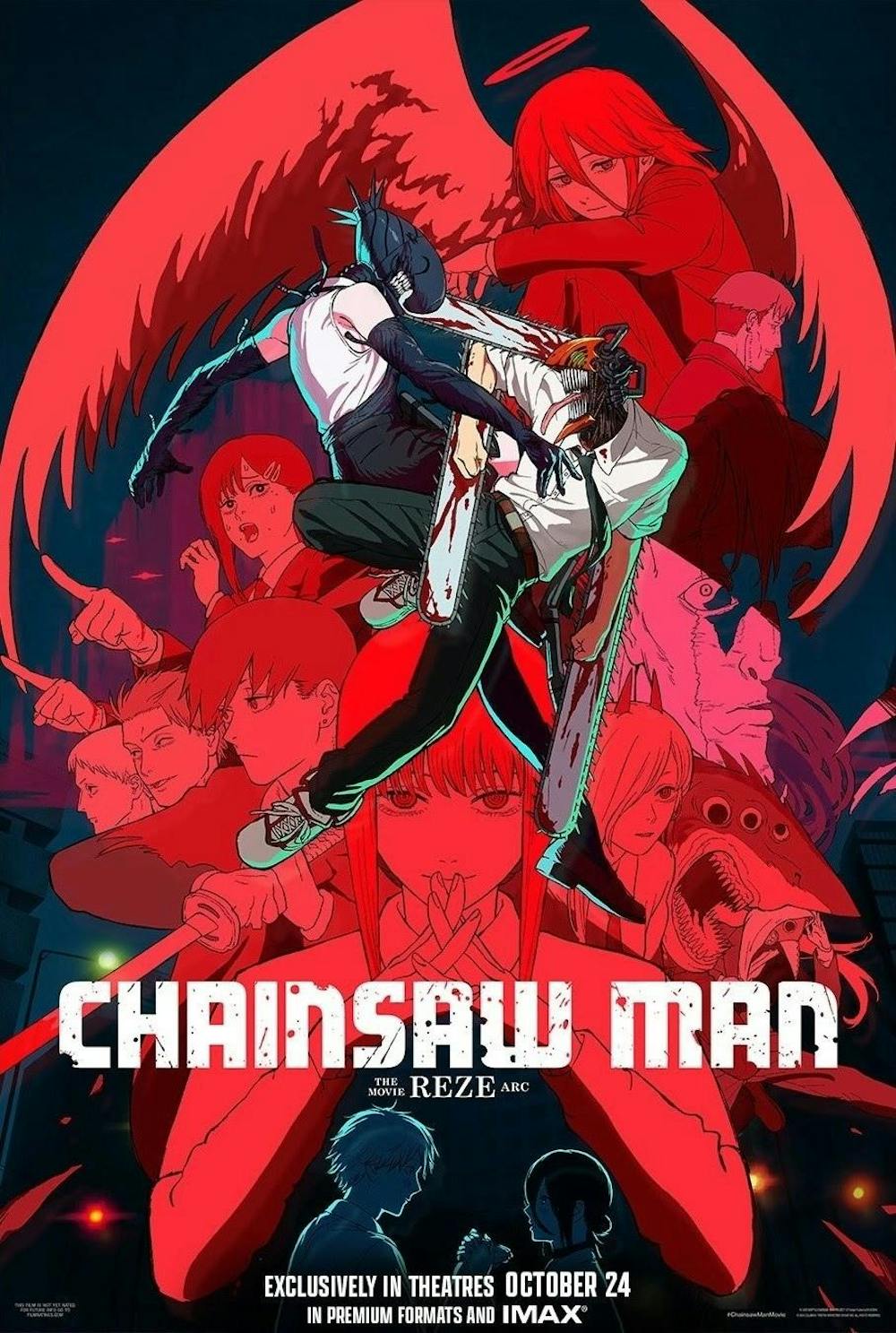The opinions and views expressed in this article are those of the author and do not reflect the opinion of Byte or Byte’s editorial board.
The first season of Chainsaw Man, released in 2022 was undoubtedly a smash hit. Following the manga written by Tatsuki Fujimoto and animated by MAPPA, the studio behind works like Jujutsu Kaisen and Yuri!!! On Ice, the show enthralled fans with its zany characters, humor, and rip-roaring action. Three years later, Chainsaw Man has returned, this time in the form of a movie, to continue the story where it left off.
What results is a cinematic feast of enthralling sights and sounds following a wonderfully tragic narrative. Having read the manga, I already knew what was to come, but was still blown away by what Chainsaw Man had to show.
Writing Fit for the Big Screen
Chainsaw Man – The Movie: Reze Arc, adapting the manga arc of the same name, follows Denji (Kikunoske Toya), a 16-year-old boy turned chainsaw-wielding devil hunter as he falls in love with Reze (Reina Ueda), a young woman working at a coffee shop who harbors a dark secret. This narrative feels special, as it firmly breaks away from some of the traditional shonen anime trappings and instead opts to tell a deeply personal romantic story. In fact, the movie is fairly lacking in action sequences until it’s absolutely explosive third act. Despite knowing what comes next, I never felt bored or uninterested. Knowing the next steps added an almost tragic sense of dramatic irony to the already tumultuous narrative.

Image provided by Sony Pictures via SciFi Japan
About the first 60% of the film is a slow burn hinging on the developing romance between Denji and Reze, so the writing has a lot on its shoulders here to keep people—especially shonen anime fans—entertained. Thankfully, the character exploration this film provides is top-class. Denji is, by all means, a very troubled person. Living in poverty and forced to work off debt as a child instead of going to school, he is woefully naive, emotionally stunted, and starved of social development. At a glance, he may come off as a rather crass protagonist, being comedically impulse and hormone driven. However, he is truthfully anything but, as a look beyond the raunchy facade reveals a more tragic situation. Denji’s lack of social awareness is constantly used against him as he is manipulated by his adversaries, and even his boss, Makima (Tomori Kusunoki), whom he holds a deep affection for. Denji is more than just a stereotypical “horny teenager” character meant to give us secondary embarrassment, he’s a deeply troubled young man whose actual person is overlooked in favor of the utility of his supernatural powers. In turn, this makes us want Denji to get a win in the form of a possible budding romance with Reze even more.
Reze serves as the second lead of this movie as Denji’s romantic interest as well as a somewhat adversarial force. As a character, she feels like a perfect foil for Denji, someone who seems to match his energy and bring out the best in him. The idea that she could “fix” Denji could come off as the use of Reze as an example of the manic pixie dream girl trope, but the subversion of this idea as her cheerful facade begins to break is what really makes her character one of the most interesting in the series and her inner conflict makes the narrative’s sense of tragedy feel double-sided.

Image provided by Sony Pictures via SciFi Japan
Another wonderfully written narrative is that of Aki (Shôgo Sakata), whose life is limited after a contract with a devil. Aki comes off as cold and unfeeling, but is actually quite selfless, desensitized by all the death around him. His relationship with the Angel Devil (Maaya Uchida), a being who painlessly siphons life through physical touch, is a particularly moving subplot, as it calls Aki’s hatred of devils into question as well as his relationship with his own mortality.
Writing wise, Chainsaw Man – The Movie: Reze Arc was the perfect part of the story to adapt for the big screen: a more limited and intimate narrative that focuses on deeper and personal character struggles. The script isn’t too weighed down by world-building and exposition, yet still fits seamlessly within the framework of the preexisting show and (presumably) the season to come sometime in the future.
Devilishly Beautiful
Writing is one thing, but Chainsaw Man wouldn’t be what it is today without its distinct visual identity, which is translated phenomenally from page to screen, as most shots make concerted efforts to recreate the colors and styles of some of the manga’s volume covers. Chainsaw Man’s animation is beautiful, and is a wonderful visual continuation of the first season. The more shiny and grounded art style has been exchanged for an equally interesting art style that feels a little more true to the manga, somewhat similar to MAPPA’s change in art style between the first and second seasons of Jujutsu Kaisen. Textures are a little flatter, but visual fidelity and vibrance is cranked up higher. Many times, the animators at MAPPA recreate frames pulled straight from manga panels, and the massive third act action sequence is an absolute treat to behold.
Beyond a surface level interpretation of the film’s animation, the animators also use their skills to engage deeply with the themes of the narrative. One of the best scenes in this part of the manga—the pool scene—is translated beautifully into one of the film’s emotional climaxes, intercut with a certain multilayered visual metaphor that paints a haunting picture of the narrative as a whole.

Image provided by Sony Pictures via SciFi Japan
There’s a sense of scale and emotion here that I think is best witnessed in theaters. I just simply can’t imagine getting the same sense of awe I got from these visuals if I was watching this on a laptop, television, or phone, although the same can be said for the choice to make this arc a movie. Many animes may have one “serious episode” where a character endures some large emotional experience before the narrative gets back to the regularly scheduled programming of fights and funnies. Here, we are forced to take both into account both narratively and visually. The contrast between the first two acts’ more stripped back, ordinary visuals that paint a picture of the city and characters and the final act that goes all out in its depiction of chaos and destruction are what make this movie really work.
Explosively Symphonic
One thing I didn’t expect to stand out to me with this movie is the music, but it did anyway. Starting with the return of Kenshi Yonezu and a wonderful new opening theme and continuing on with a phenomenal soundtrack by Kensuke Ushio, Chainsaw Man sets a musical identity for itself, evolving past the first season.
The score mainly separates itself into two different sounds. The first is the romantic, used for most of the film’s first half. These tracks are quiet and beautiful, mainly being composed of warm orchestral strings and somber piano. Then, as things begin to unfold, the score transitions into a distorted, action-forward sound using elements of rock, metal, and electronic music to really elevate the stakes. Yonezu’s opening makes sure to utilize both of these sounds, layering a distorted and lovingly furious melody on top of a playful piano track that represents the film’s romantic overtones.
The music is, like everything else, another contributor as to why this story works so well as a film. Hearing an emotional orchestral swell boom through the theater speakers during the pool scene immerses you in Denji’s mind, and when the action starts happening and the music begins to follow the battle’s rhythm, both my eyes and ears were glued to the screen. This isn’t even mentioning all of the nonmusical sound work in the film that is also leagues above, from the revving of Denji’s chainsaws to so much as the tapping of characters’ footsteps on the sidewalk.
The Final Cut
Chainsaw Man – The Movie: Reze Arc is a triumph in animated filmmaking. The willingness of the story to go somewhere many shonen anime’s wouldn’t makes this feel special to watch, and a uniquely filmic experience. MAPPA’s animation is top notch here, bringing comic panels to life in vivid color, making characters feel like real people, and making the action some of the most spectacularly bombastic that I’ve seen on the big screen this year. Run, don’t walk to see this one in theaters.
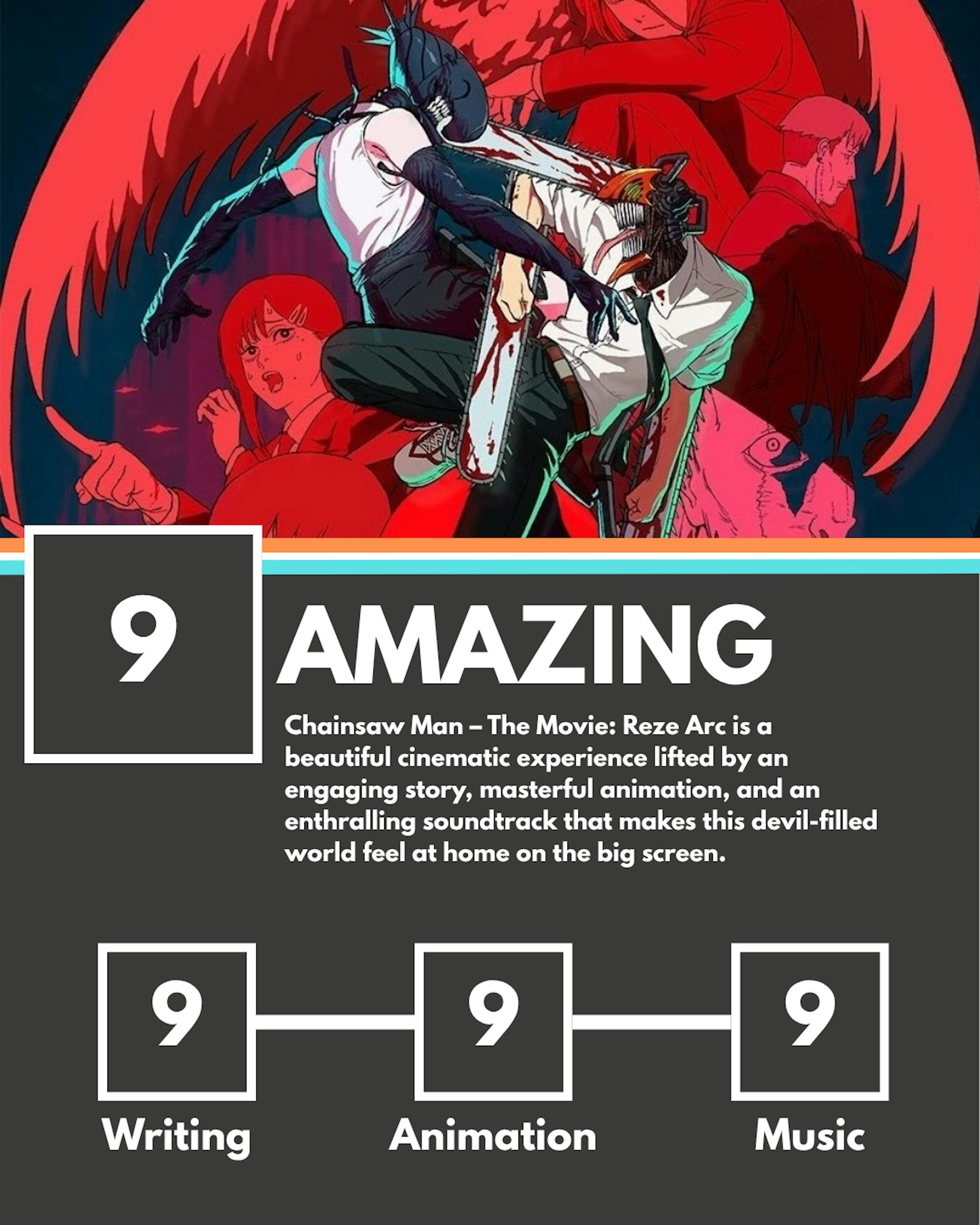
Sources: IMDB, IMDB, MAPPA, IMDB, IMDB, IMDB, IMDB, IMDB, IMDB, IMDB, IMDB, Spotify, Spotify, Spotify
Images: SciFi Japan, SciFi Japan, SciFi Japan, SciFi Japan
Contact Ian Case with comments at ian.case@bsu.edu




